November 24, 2021
IGrain’s Rahul Chauhan provides information on pricing and current inventories, as well as import figures and news from domestic and international markets.

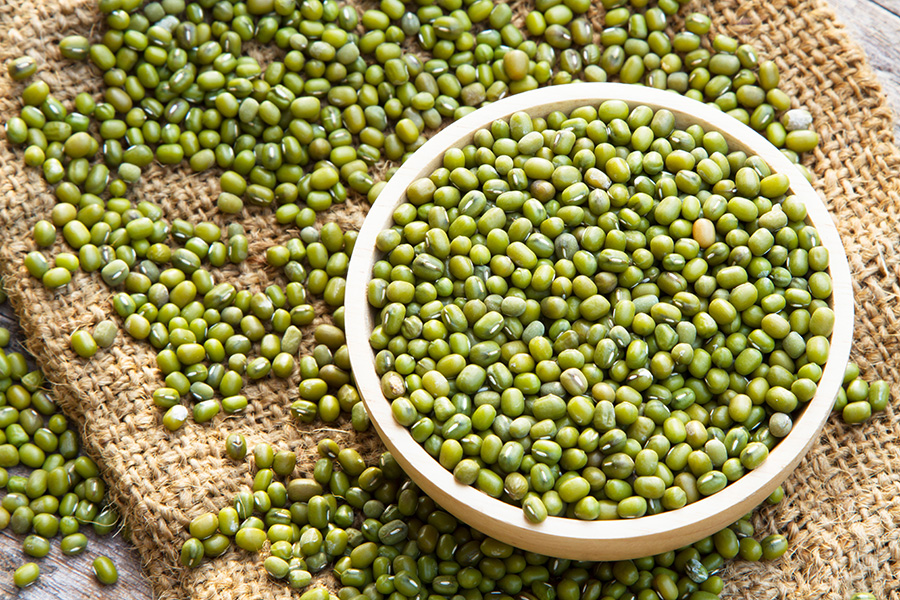
Downtrend in mung due to sluggish demand
Last week, selling pressure was observed, due to which a fall in prices was reported. There is a gap in prices of good and low quality and, as a result, Delhi mung did not see any bearish movement this week and the price remained stable at Rs. 6500/7000 per quintal.
Rajasthan
Last week, the arrival of new mung was vigorous in the market yards. Due to this increase in arrivals and weak demand, Jaipur mung dropped by Rs. 300, Rs.100 in Kekri and Rs.300 per quintal in Kishangarh. At the weekend, the price was Rs. 6,000/7,100 in Jaipur, Rs. 5,800/6,600 in Kekri and in Kishangarh Rs. 3,300/6,300 per quintal.
Maharashtra
Due to lack of demand, Maharashtra mung did not see much change. Latur prices remained stable at Rs. 5,000/7,350, Akola at Rs. 6,700/7,600, Udgir at Rs. 4,000/6,300 and Ahmednagar at Rs. 5,300/7,300 per quintal over the weekend.
Karnataka
Due to weak demand, Karnataka mung recorded a fall of Rs. 100/200 per quintal. Gulbarga sold at Rs. 4,000/6,800, Bidar at Rs. 5,000/6,800, Hubli at Rs. 6,121/6,670 and Yadgir at Rs. 6,254/6,659 per quintal.
Madhya Pradesh
Madhya Pradesh prices did not see any changes and remained stable with Pipariya selling at Rs. 4,500/6,800 and Harda at Rs. 4,000/7,000 per quintal over the weekend.
Mung dal
Last week, there was a lack of demand for mung dal, due to which there were no changes in the prices. At the weekend, prices were Rs. 8,750 in Jalgoan, Rs. 7,600/8,700 in Indore and Rs. 8,400/8,500 in Jodhpur per quintal.
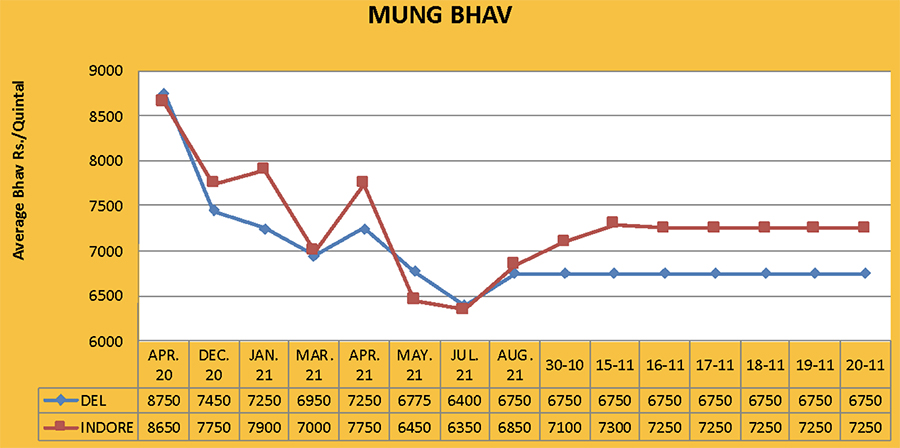
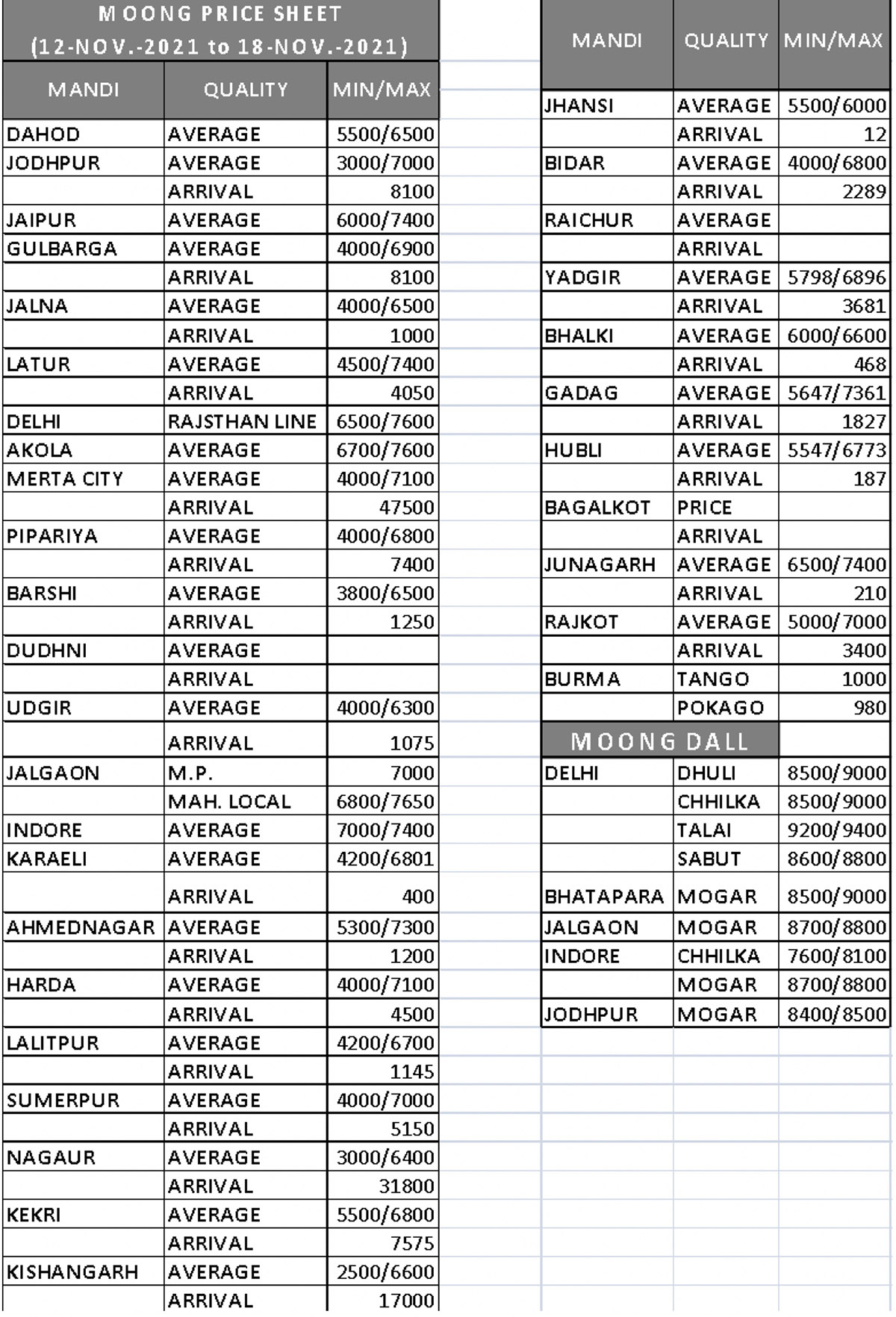
Pulses exports increased to over 40 thousand tons in September
New Delhi. Although India is the largest producer, consumer and importer of pulses in the world, a small number of processed pulses are also exported.
According to data received in September 2021, a total of 40,303 tons of pulses were exported from India across the globe. The highest volume was 19,909 tons and went to the UAE. 4,555 tons were sent to China, 2533 tons to Nepal, 2468 tons to Iran, 2296 tons to the US, 1624 tons to Malaysia and 1217 tons to Sri Lanka. Less than one thousand tons of pulses were also exported to other countries: 963 tons to Canada, 913 tons to the UK, 729 tons to Qatar, 595 tons to Saudi Arabia, 551 tons to Bangladesh, 301 tons to Singapore, 229 tons to Bhutan, 215 tons to Holland, 147 tons to Australia, 141 tons to Kuwait, 96 tons to Iraq, 95 tons to Hong Kong, 81 tons to Pakistan, 62 tons to Japan, 62 tons to the Philippines, 61 tons to New Zealand, 54 tons to Oman and 406 tons to other countries. There is a huge demand for organic pulses exported from India and processed pulses imported from other nations.
Apart from this, the government has also allowed the export of pulses in consumer packs of up to 5kg. According to the latest data from the government agency APEDA, in the first half of the current financial year, a total of 1,36,138 tons of pulses were exported, earning Rs. 1,005 crores or $ 1,360 million. In comparison, during April-September 2020, shipments of 1,65,526 tons of pulses were made and brought in Rs. 1,166 crores or $ 15.50 million.
The export of pulses declined by more than 29,000 tons during the first half of the current financial year as compared to the previous financial year. Export earnings also declined by 13.75 percent in rupee and 12.04 percent in dollar. However, the free on-board average unit export offer price of pulses increased from $ 934/ton to $ 1000/ton.
CPI inflation is expected to reach close to 6 percent
New Delhi. A leading global brokerage firm says that the rate of inflation based on the Consumer Price Index in India did not increase much in October but, due to an increase in the prices of food products, core commodities and services, it may reach 6 percent by the beginning of next year.
The rate of inflation based on the Consumer Price Index (CPI) is likely to increase in the coming months and thereafter it may move around for the next six months. The average rate of headline inflation is likely to be 5 percent in 2021, while it is expected to rise to 5.5 per cent in 2022. In October 2021, the rate of retail inflation was recorded at 4.48 percent, which was slightly above the rate of 4.35 percent in September.
According to the official rules of the Monetary Policy Committee of the Reserve Bank of India, the interest rate setting panel has estimated the inflation rate to be in the range of 2 to 6 percent. Its medium-term position target has been kept at 4 percent. The sharp rise in the price of vegetables led to an increase in food inflation and the average inflation rate of other food products increased from 0.25 per cent in September to 0.49 per cent in October. Along with this, it increased by about 5.8 percentage points in the first 10 months of the current calendar year although it is still less than last year. During the same period, the price of sugar increased by 1.8 percent, edible oils and fats by 1.3 percent, pulses by 0.7 percent and cereals by 0.55 percent. This increase in October compared to September led to an increase in food inflation.
Pulses procurement by central agencies
New Delhi. A total of 1,10,938 tons of pulses were procured by the central agency under the Price Support Scheme (PSS) from the year 2018-19 to 2021-22 season, out of which 35,129 tons have been transferred to the Price Stabilization Fund (PSF).
In the 2018-19 season, 6189 tons of mung were procured, out of which 5,972 tons were transferred and 217 tons were left in stock. Similarly, in the purchase of 56,980 tons of urad, 4035 tons were transferred and stock remained at 52,945 tons. Tuar procurement was 15,342 tons in 2018-19, 10873 tons in 2019-20 and 17 tons in the 2020-21 season. In 2019-20, 46 tons of chana were procured under the PSS, 15160 tons in 2020-21 and 6,331 tons in the 2021-22 season. The quantity of transfer of tuar in the PSF was 15,334 tons in 2018-19, 9789 tons in 2019-20 and zero in 2020-21. Chana was not transferred.
As such, the total stock of PSS pulses with the agency was left at 75,808 tons as on November 15. Under the Pradhan Mantri Garib Kalyan Anna Yojana, out of the reserve stock in the PSF, 5079 tons of tuar was lifted in 2018-19, while 5972 tons of mung, 4035 tons of urad and 10,255 tons of turmeric were sold through e-auction.
The total sales were 20,261 tons and stocks were left at 9,796 tons. Out of a total of 75,858 tons of pulses procured under the PSS, 69,483 tons were sold through e-auction and 6,373 tons were left in stock. Out of 217 tons of mung, 215 tons were sold. Similarly, out of 52,945 tons of urad, 52,943 tons were sold. Everything except 17 tons of tuar was sold, while 15185 tons of 15210 tons of gram procured during the 2020-21 season was sold. 6331 tons of gram procured in the 2021-22 season remained in stock. The agency was left with only 6373 tons of PSS pulses stock.
Government claims retail price of pulses has stabilized in the last five months
New Delhi. The central government is claiming that the retail market price of pulses has largely stabilized in the last five months. The prices of gram, tuar, urad and mung have all either softened or remained stable as compared to last year. This change in the price trend has taken place as a result of various efforts and measures taken by the government: the import of pulses has been completely opened up, stock limits have been imposed and the import duty on lentils has been drastically cut. Inflation based on the Consumer Price Index of pulses and pulses during the last five months has also been consistently declining. The inflation rate was 10.01 percent on June 1, 2021 and came down to 5.42 percent in October 2021. In October 2020, it had jumped to 18.34 percent. Similarly, the inflation rate of pulses on the Wholesale Price Index fell from 11.56 percent in June 2021 to 5.36 percent in October 2021.
On May 15 2021, the government had deregulated arhar, urad and mung by taking them out of the purview of the annual import quota system. Similarly, the time limit for import of urad and tuar was also extended. from December 31, 2021 to January 31, 2022.
Due to good volumes being imported, the supply and demand situation for tuar, urad and mung in the domestic division has evened out.
According to official data, in the first eight months of the current financial year, the total import of pulses is estimated to reach 15.11 lakh tons, which is higher than 13.88 lakh tons in the same period of 2020 but slightly less than 15.32 lakh tons in 2019. The November data is for the full month for 2019 and 2020, while for 2021 it is only for the first fortnight. During the same period, import of arhar (tuar) jumped from 1.71 lakh tons to 4.28 lakh tons, urad from 2.26 lakh tons to 3.56 lakh tons and mung from 22,000 tons to 1.36 lakh tons. On the other hand, the import of lentils has come down from 8.33 lakh tons last year to 4.60 lakh tons in 2021. The government has postponed the levy of inspection duty on import of non-fumigation on pulses until March 2022.



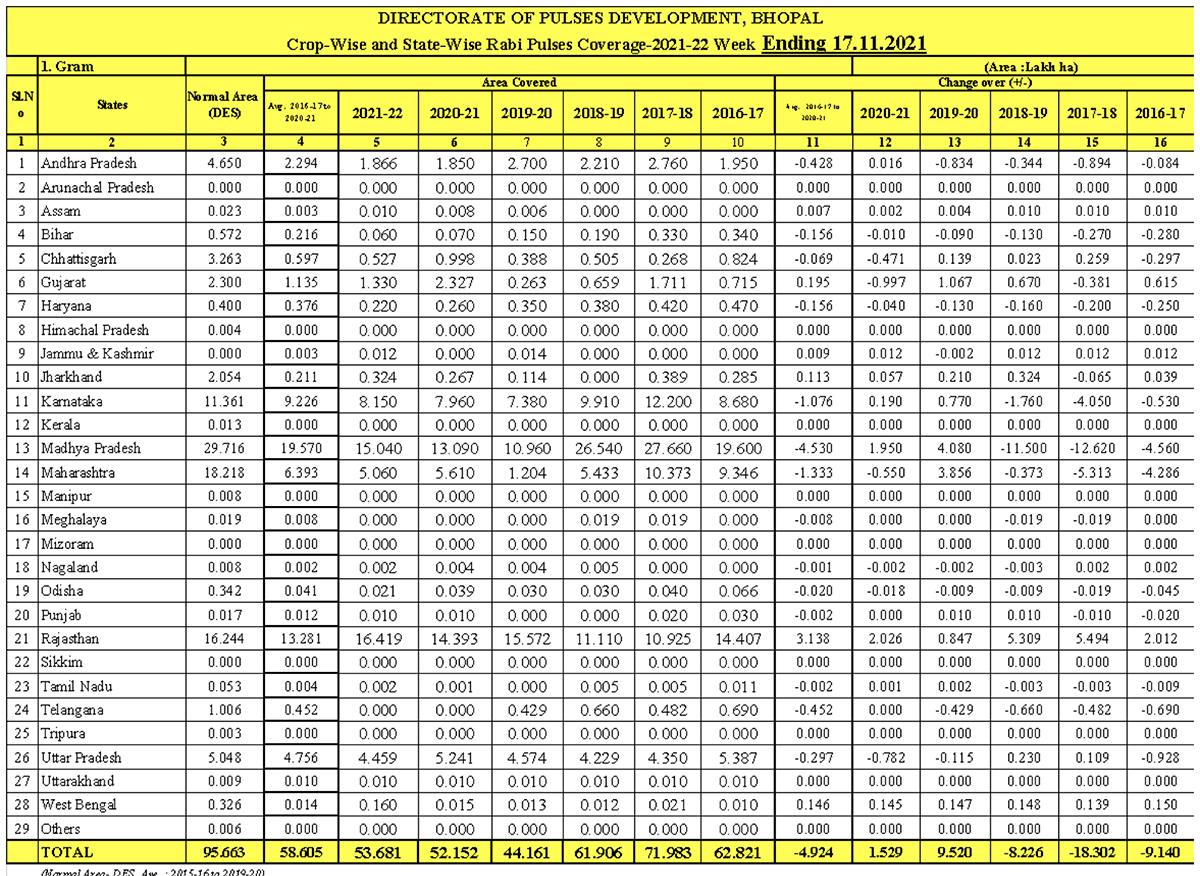
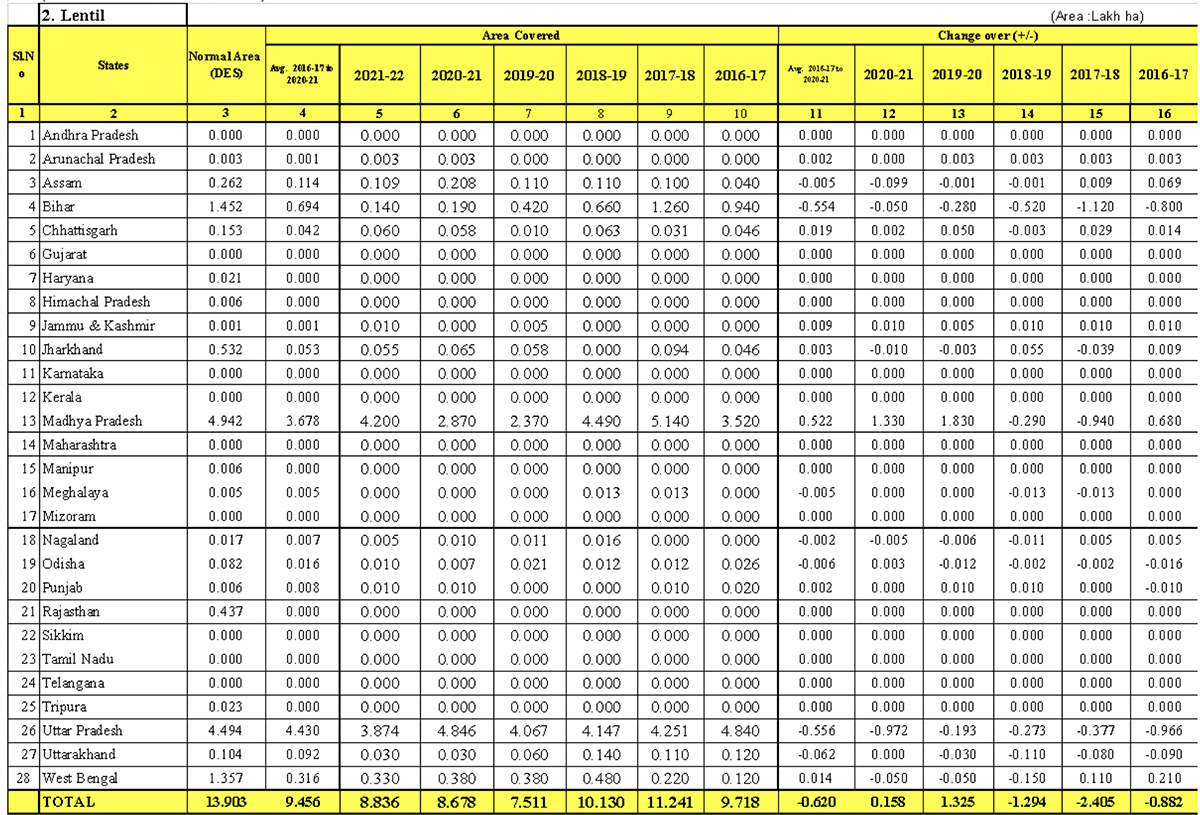

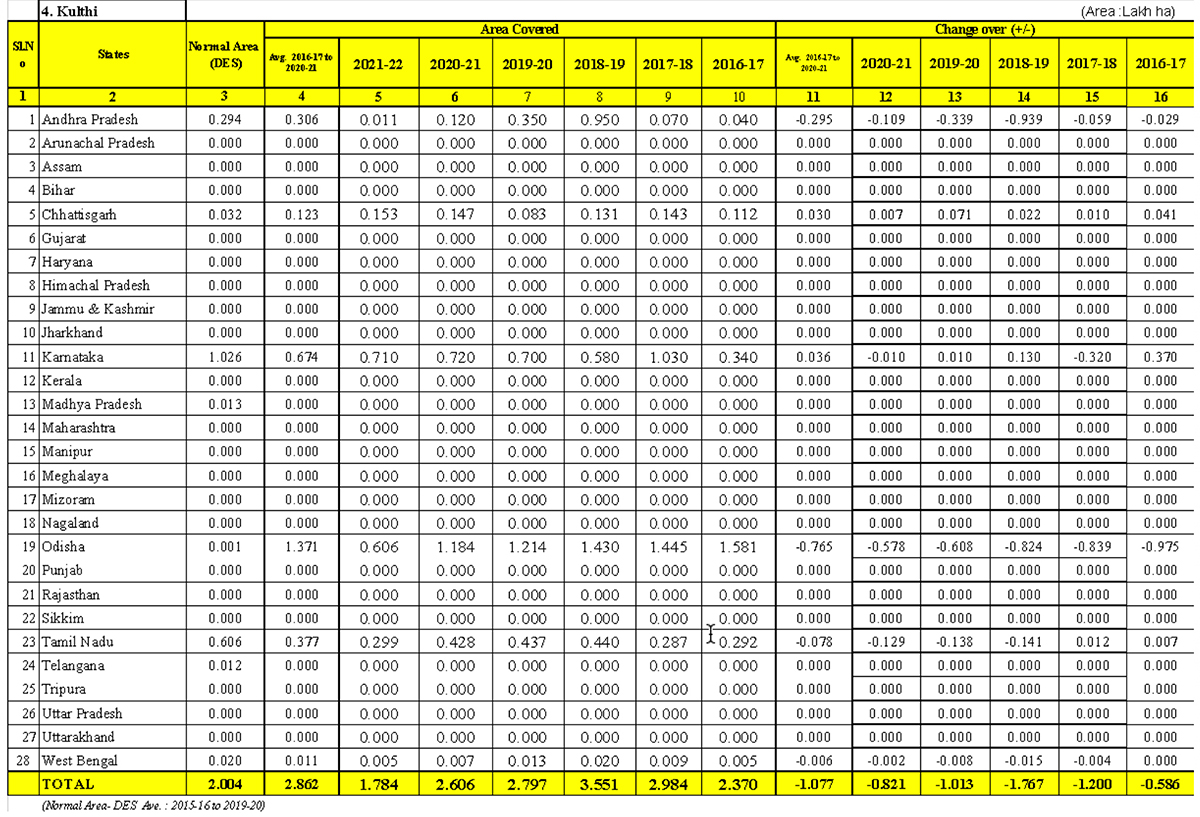
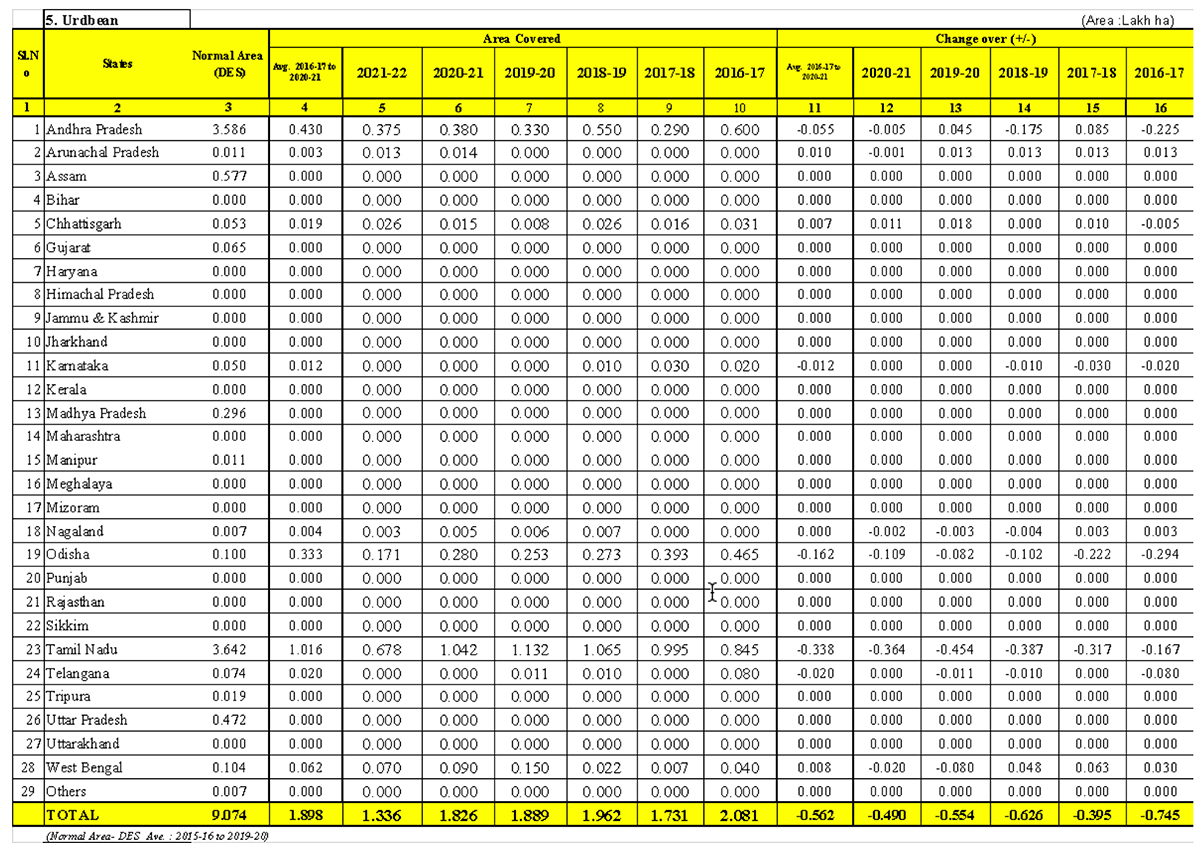
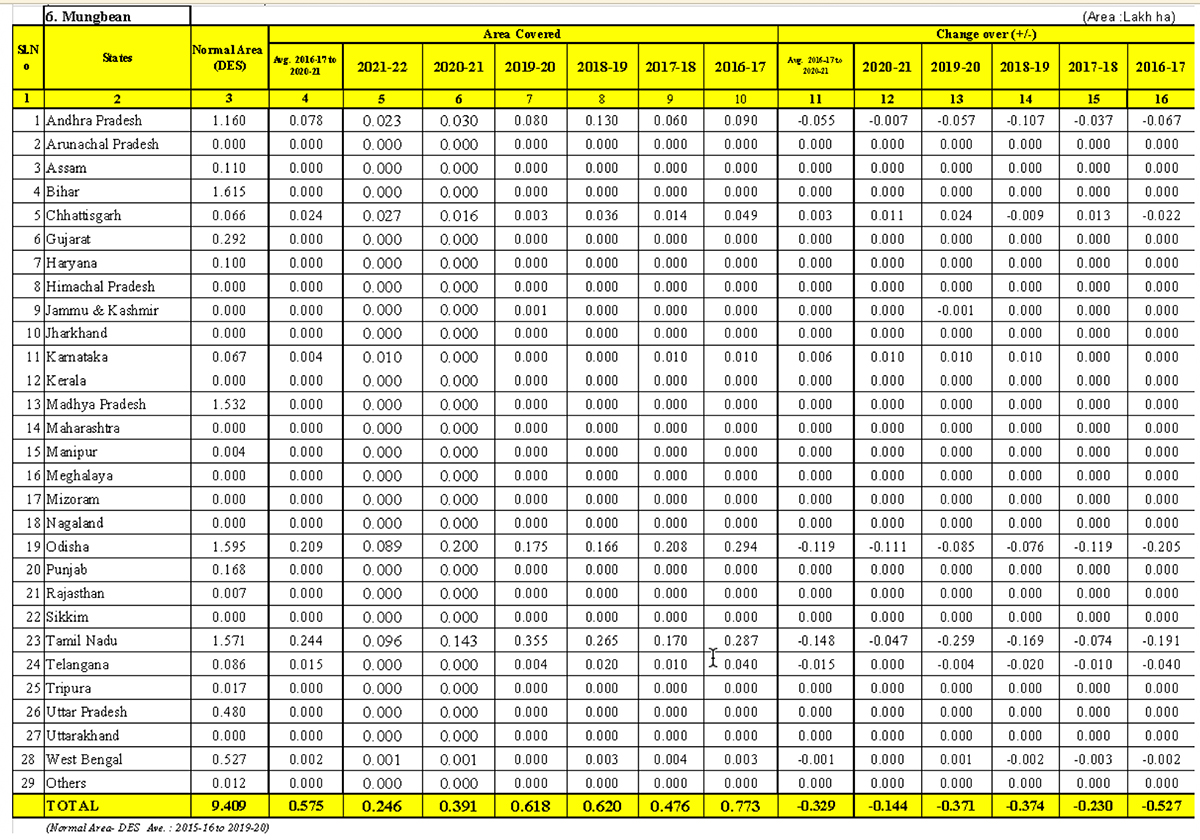
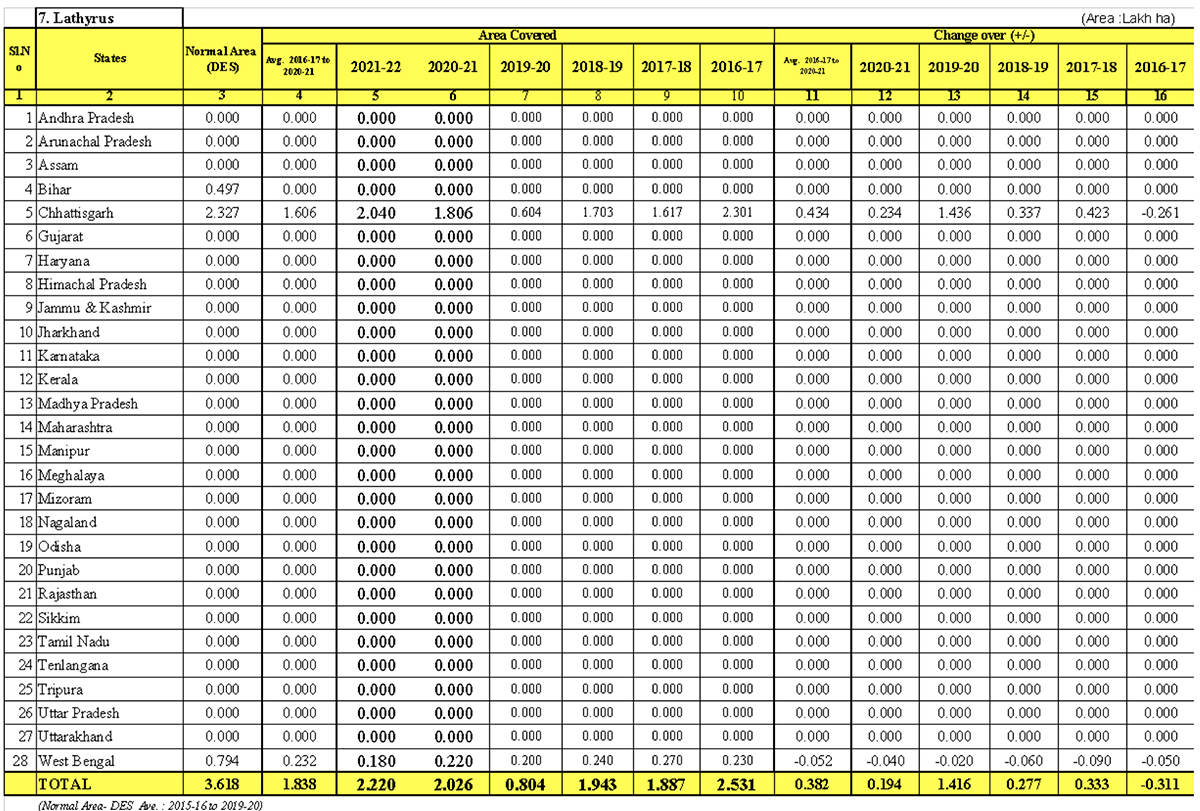
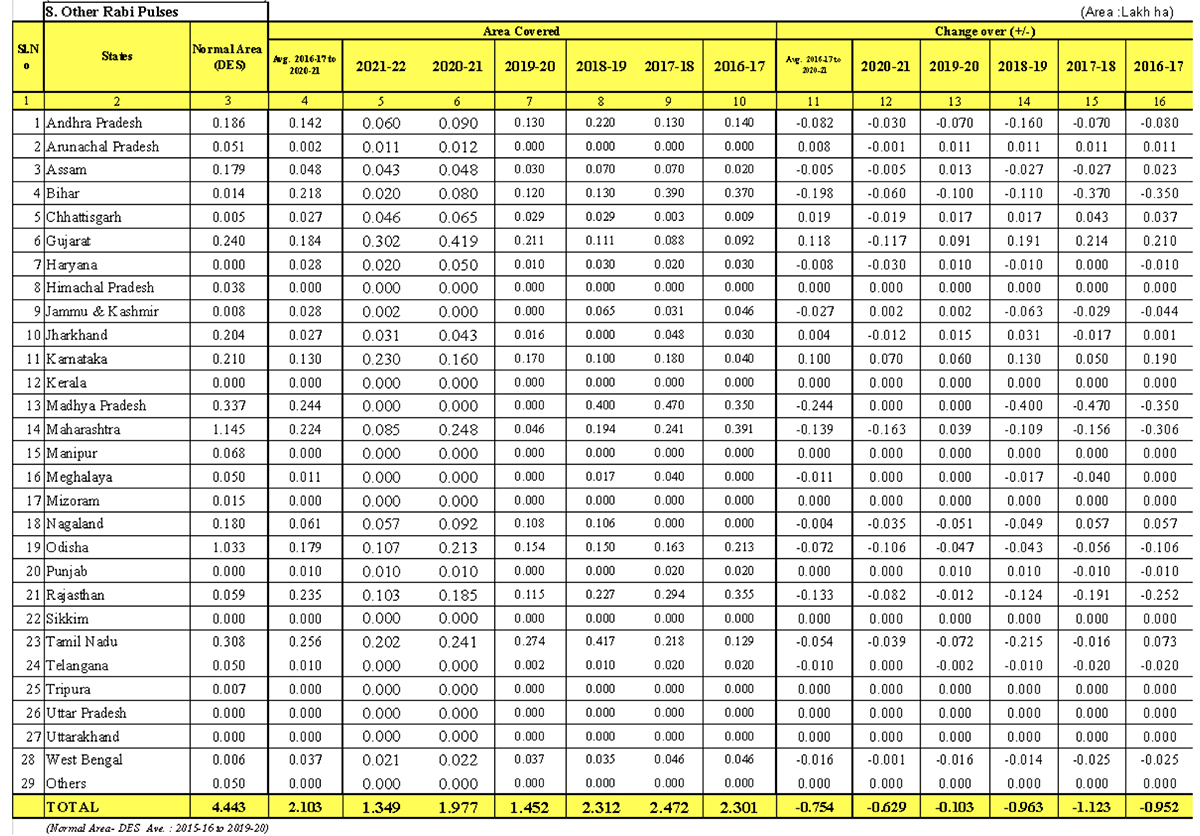
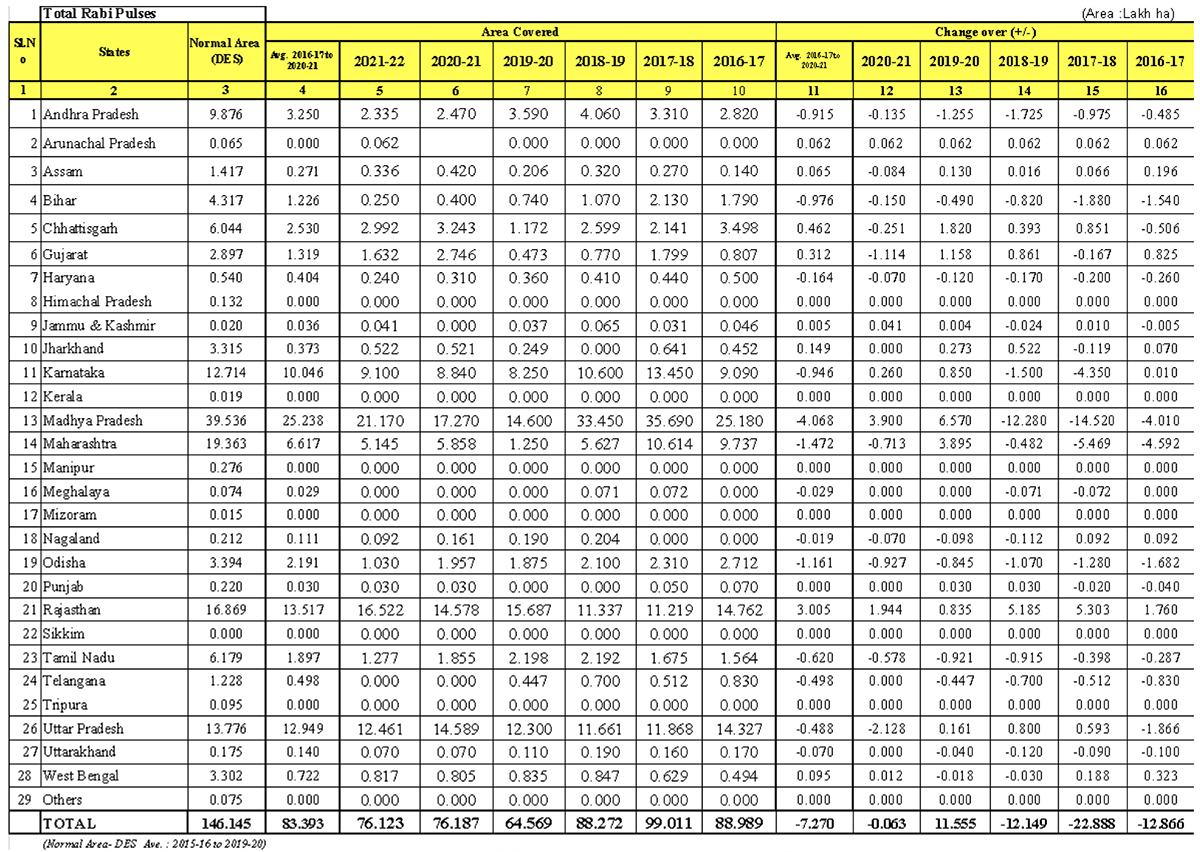
Abbreviations
Tuar/ Arhar: Pigeon Peas PP
Mung: Green Mung
Urad: Black Matpe
Chana: Gram, Desi Chickpea
Matar: Pea
Masur: Lentil
Besan: Gram Flour
Mandi: Market yard
Bhav: Prices
Dal/Daal: Processed Pulses (Directly for human consumption)
Rs: Indian Rupees (1$=Rs 74.74)
Rahul Chauhan
Director, IGrain India
igrainind@gmail.com
+91 9350141815
Twitter igrain_india

IGrain / Rahul Chauhan / India / Mung / Rajasthan / Maharashtra / Karnataka / Madhya Pradesh / Mung dal / New Delhi / Pigeon Pea / Desi Chick Peas / Lentil / Black Matpe / Red Kidney Beans / Chick Peas
Disclaimer: The opinions or views expressed in this publication are those of the authors or quoted persons. They do not purport to reflect the opinions or views of the Global Pulse Confederation or its members.